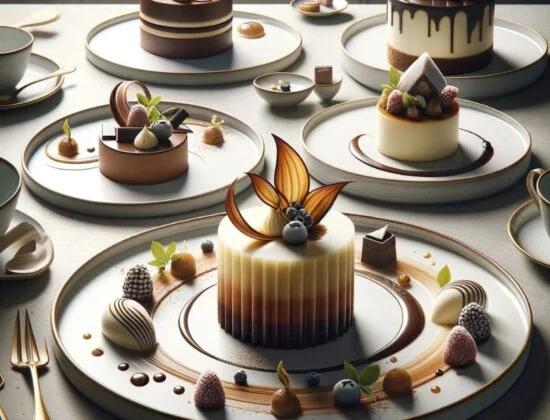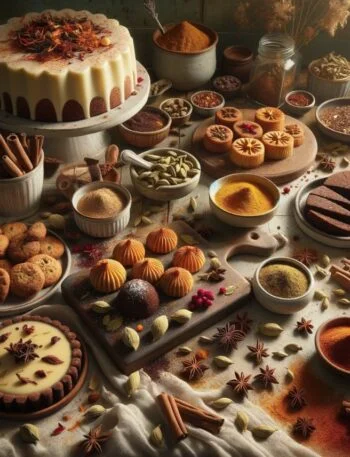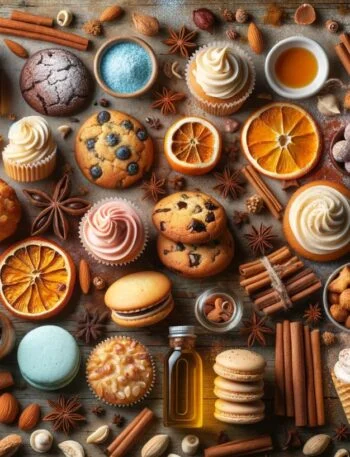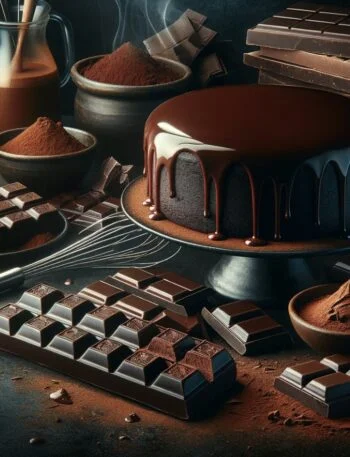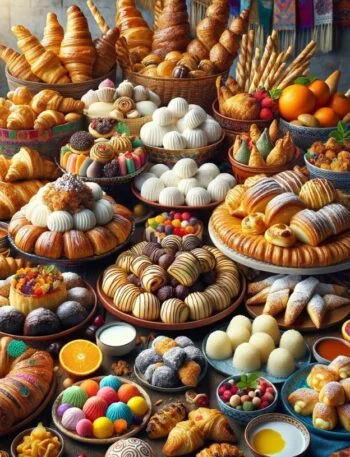Embracing the Canvas of Culinary Arts
In the world of culinary arts, the presentation of a dish plays a pivotal role in the dining experience. Dessert plating, a realm where creativity and flavor converge, offers an opportunity to transform simple baked goods into stunning visual masterpieces. This blog post delves into the techniques and tips for making desserts look as extraordinary as they taste, highlighting the importance of color, texture, and composition in elevating sweet creations.
Dessert plating is more than just an afterthought; it’s an essential aspect of the culinary experience, providing the final, unforgettable touch to a meal. The way a dessert is presented can enhance its flavors, textures, and overall appeal, turning a delicious treat into a work of art. From the elegant drizzle of sauces to the strategic placement of garnishes, every element on the plate plays a part in creating a visually appealing and mouthwatering dessert.
The Elements of Dessert Plating
- Color: A well-plated dessert uses color to catch the eye and entice the palate. Contrasting colors can create visual interest, while complementary colors can evoke harmony.
- Texture: Incorporating a variety of textures can add depth to your dessert presentation. The contrast between smooth and crunchy elements, for example, can heighten the sensory experience.
- Composition: The arrangement of elements on the plate is crucial. Consider the rule of thirds to create a balanced and aesthetically pleasing layout. Negative space, or the empty area around your dessert, can also be used strategically to draw attention to your creation.
Techniques for Artful Plating
- Saucing with Style: A sauce can be more than just a flavor enhancer; it can also be a decorative element. Techniques such as the dot method, saucing with a squeeze bottle for precision, or using a brush to create abstract designs can add drama and elegance to your dessert.
- Garnishing with Intention: Garnishes should be edible and complement the flavors of the dessert. Edible flowers, fresh herbs, fruit slices, and chocolate shavings are popular choices that can add color, texture, and flavor.
- Layering for Impact: Layering components can create visual interest and complexity. Constructing height on the plate can make a dessert more dynamic and enticing.
The art of dessert plating is a testament to the creativity and thoughtfulness that goes into the culinary arts. By considering color, texture, and composition, and by employing various plating techniques, bakers and chefs can elevate their sweet creations into edible art. Remember, the goal of dessert plating is not only to make dishes that are visually stunning but also to enhance the overall dining experience, leaving a lasting impression on those who partake.
Embrace the canvas of your plates and let your culinary creativity flow, transforming every dessert into a visual and gastronomic delight.


